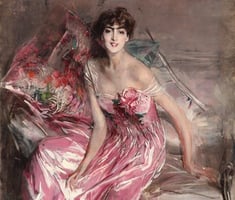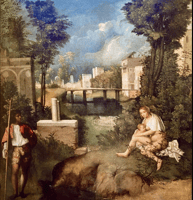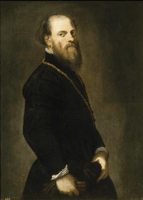Giovanni Boldini (1842 - 1931) was an Italian painter known for his masterful portraits of society...
An Exploration of the Life and Legacy of Egon Schiele, the Revolutionary Expressionist Painter
Egon Schiele was an Austrian painter and draftsman whose work is known for its expressive and emotive nature. He was born in 1890, and began experimenting with art at an early age. Throughout his career, Schiele developed a unique style of figural representation, and his works are now considered some of the most important to have been produced during the early 20th century.
Schiele’s early paintings are characterized by a distorted, angular style that became known as Expressionism. His later works are much more refined, featuring more subtle colours and shapes. He was also known for his portraiture, which often featured distorted figures in order to convey the inner feelings of his subjects.
He was deeply influenced by the work of artists such as Edvard Munch and Gustav Klimt, and his portraits and self-portraits often show similarities to their work. Throughout his career, Schiele was known for his experimental and controversial approach to art. He was often criticized for his explicit nudes and his use of bold and daring colours. He was also banned from the Vienna Secession, a major art movement in Austria, for his provocative works.
Despite this, Schiele’s works continue to be highly acclaimed today. Schiele’s work has been praised for its emotional intensity and its powerful sense of line and colour. He was a master of conveying movement and energy in his work, and his pieces often feature an underlying sense of tension and drama. His works are now seen as some of the most important and influential of the 20th century, and remain highly sought after by collectors and art lovers alike.



